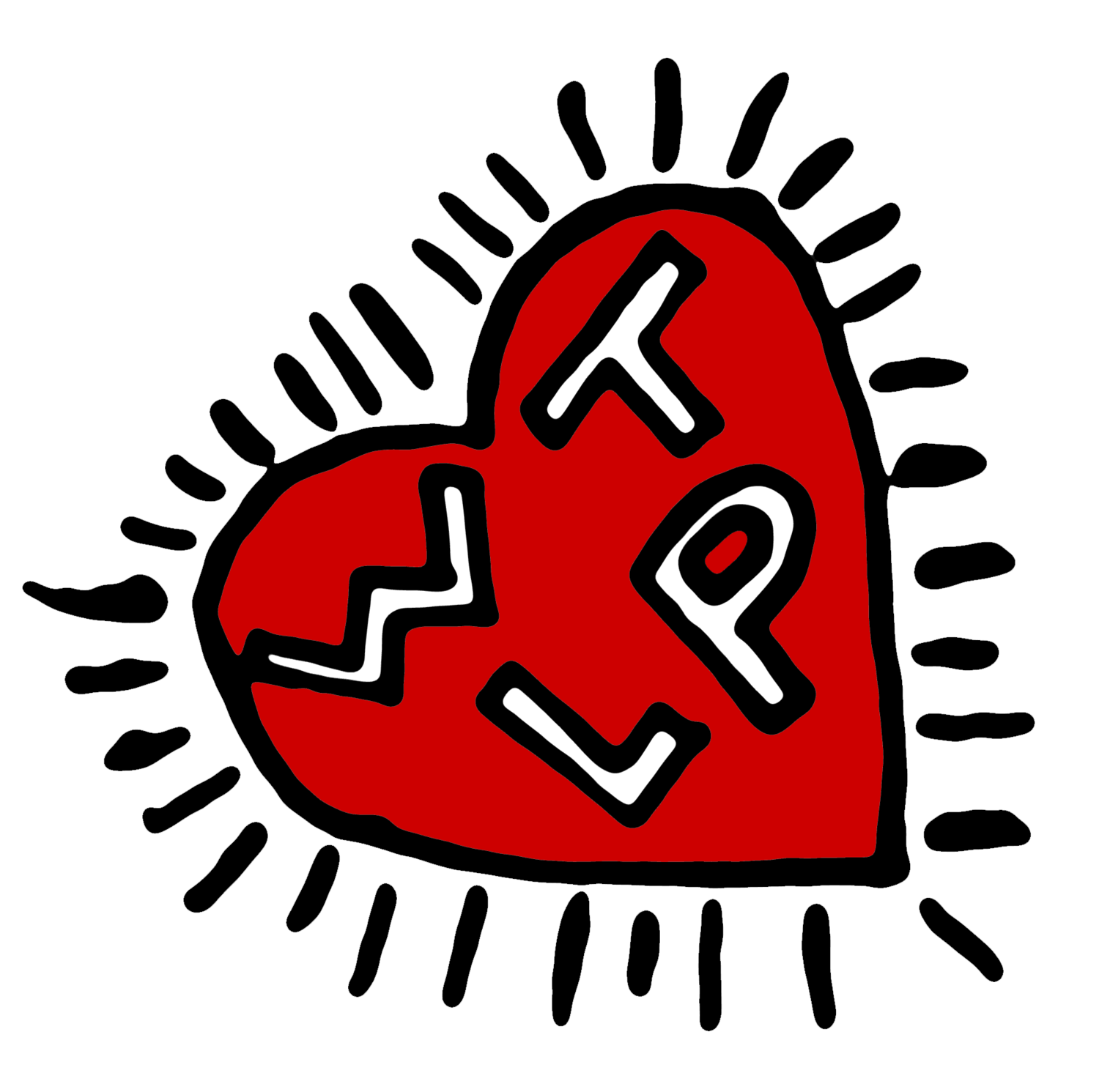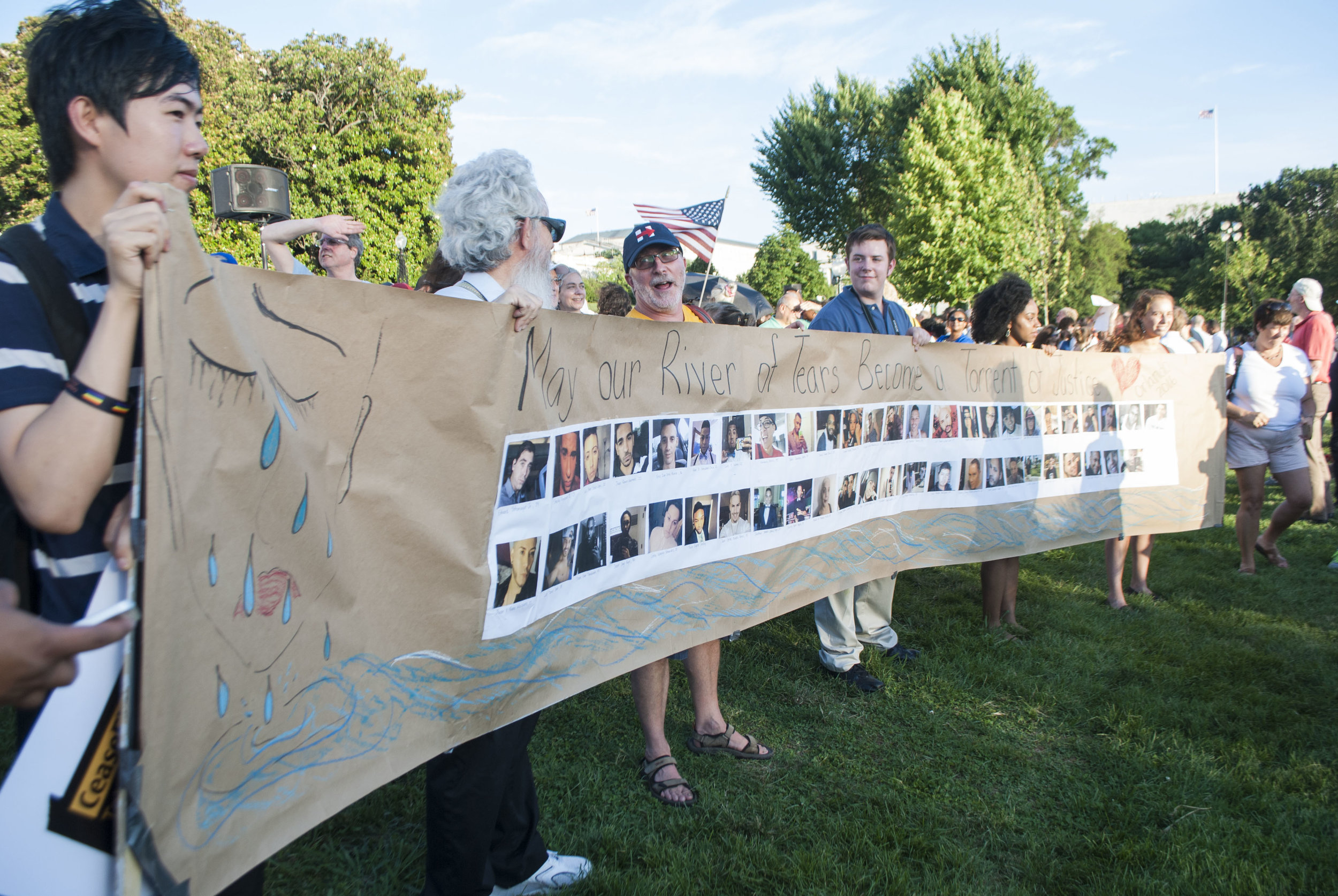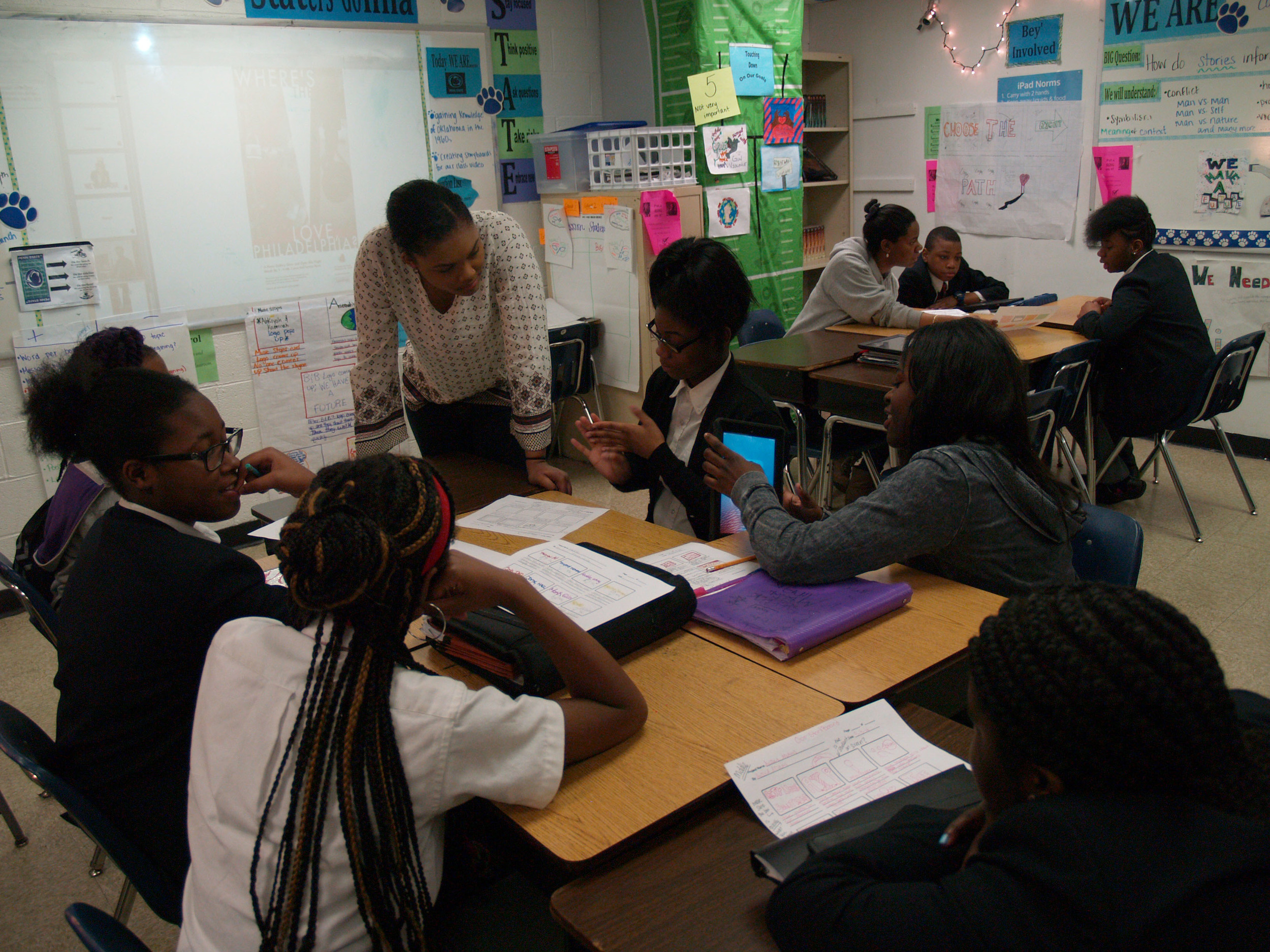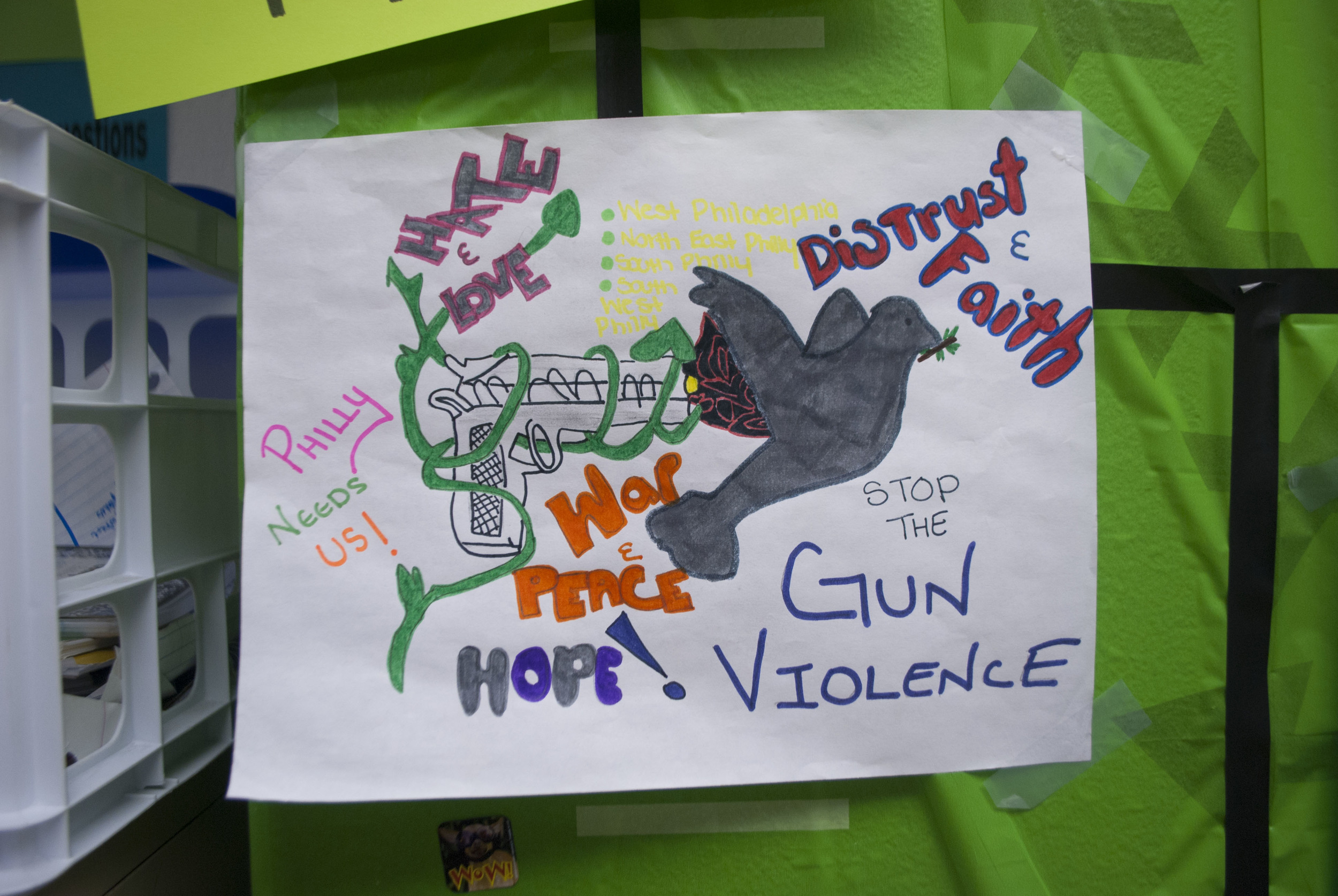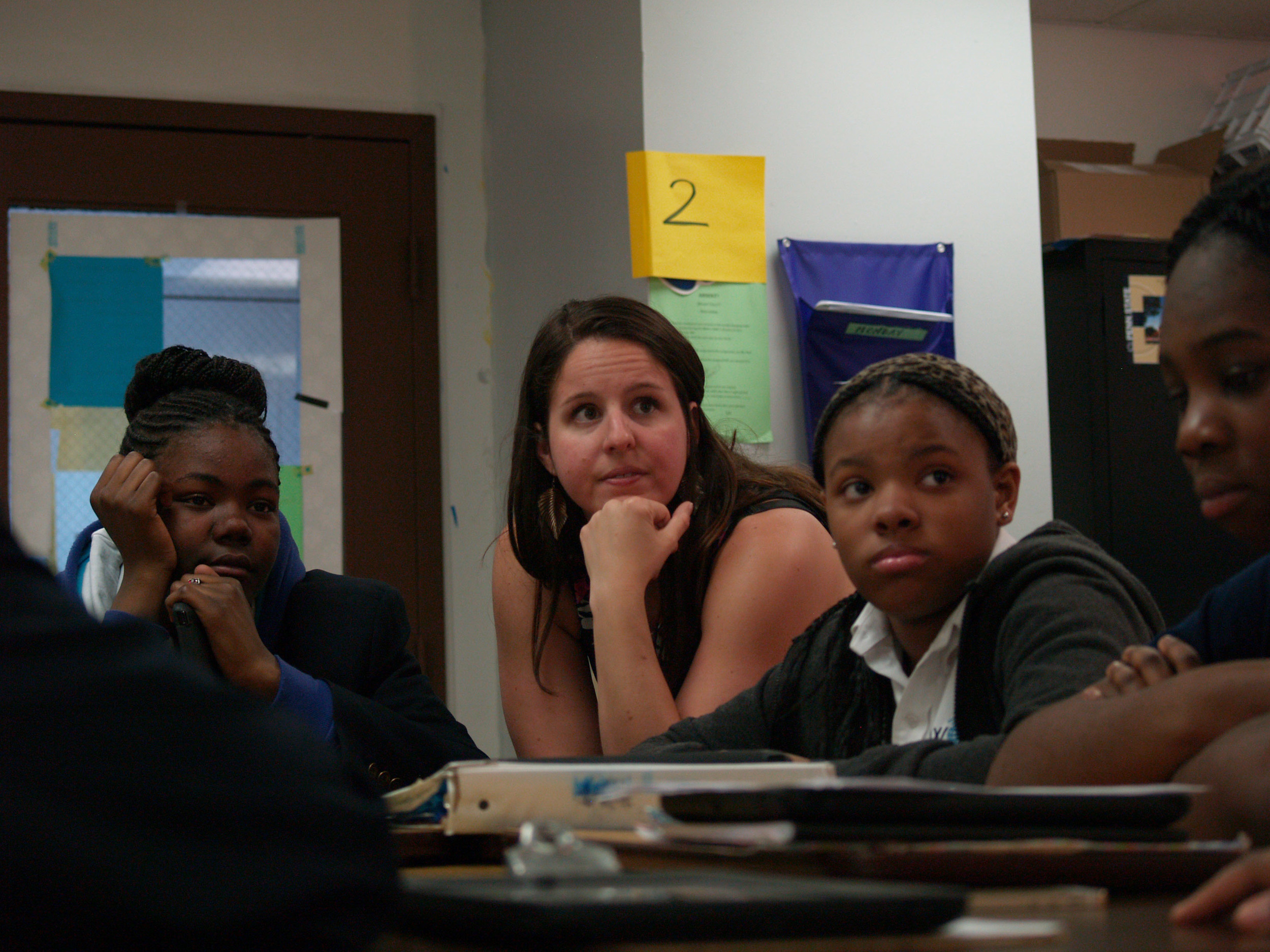Friends of WTL,
A question I'm commonly asked when I speak to people about WTL is "what policies would you suggest?" People want to know what petition they can sign, what letters they can write to their lawmakers, what rallies to attend. I wrote the following editorial shortly after spending the summer of 2016 in D.C., working as a political journalist on Capitol Hill. It focuses on the rhetoric of gun violence in the context of advocacy and legislative initiatives in the U.S., and I think it also speaks to the reasons that WTL doesn't always present answers to these questions.
My time on the Hill coincided with a renewed push for gun control legislation in response to recent mass shootings, as well as several highly-publicized incidents of police brutality. But as someone who had spent the previous couple years interviewing Philadelphians about the effects and causes of gun violence, it seemed like there was a critical element missing from the national dialogue. Connections between the national rhetoric of gun violence and the mission of WTL sometimes seem difficult to draw, not simply because our focus is local, but because the issues at the focus of our project are complex, systemic, and hard to mobilize around - they are issues that tend not to be represented in major public initiatives.
Without detracting from the tragedy or significance of mass shootings or police brutality, Where's the Love, Philadelphia? aims to help fill in an important gap that we see in national and local rhetoric - fostering dialogue and awareness around gun violence and its effects on individuals and communities who consider it to be a daily reality.
-Tia
POLITICIZING THE GUN VIOLENCE EPIDEMIC
September 2016
For many Americans, the term “gun violence” brings to mind images of police brutality or mass shootings. And a quick look at the past year’s news cycle reveals no dearth of news coverage of - and public outrage over - gun violence.
But something is missing in the dominant rhetoric surrounding gun violence, and in arguments for increased gun control measures by both activists and lawmakers.
The majority of gun deaths in America are suicides; among homicides, mass shootings make up less than 2% of gun deaths and police shootings roughly 3%, according to a FiveThirtyEight analysis of CDC data.
Despite this, discourse on gun violence in America has largely followed two narratives: police brutality and mass shootings. Activism surrounding the former has always been paired with racial issues, while the latter has brought the issue home to Americans of all walks– after all, some of the most notable mass shootings have been at schools in suburban, white America.
In the past, moderate and swing-state Democrats have been hindered on gun control by the same NRA bogeyman that binds Republicans. Some, like Pa. Sen. Bob Casey, have used mass shootings as a justification to shift their positions and support gun control measures.
June’s mass shooting at the Pulse nightclub in Orlando catapulted gun control to the top of the legislative agenda, prompting Democrats to stage a dramatic filibuster and unprecedented House sit-in to insist that the Republican majority schedule a vote on two gun control measures – expanded background checks and prohibition of gun sales to individuals on the “no-fly” watch list.
Led by civil rights movement hero Rep. John Lewis, Democrats finally seemed to have a unanimous congressional coalition behind initiatives that they’ve called “common sense” gun control.
The sit-in was encapsulated by chants of “No bill, no break!” and signs proclaiming #DisarmHate displayed against a rainbow background. While Representatives spent their 26-odd hours on the floor sharing stories and speaking out against gun violence of all types, these slogans tied the event most closely to partisan tension between Democrats and Republicans, and to hate crimes and the mass shooting at Pulse.
Only weeks later, another important hashtag returned to the spotlight: #BlackLivesMatter. In the latest of a seemingly endless feed of high-profile police shootings, Alton Sterling’s death was caught on video, and the Philando Castile’s death was live streamed on Facebook the next day.
A July rally hosted by House Democrats brought thousands from across the country to support gun control legislation. One group of Black Lives Matter protesters made their presence known as they joined in – they entered loudly in the middle of the event, fists held aloft, led by megaphones, chanting and cutting straight to the front of the large crowd on the west lawn. (Photos of the rally are shown above.)
The disconnect between Black Lives Matter and the new Democratic coalition was noted by political analyst Charles Ellison, who said House Democrats would likely not have endorsed Rep. Lewis had his sit-in been spurred by, say, a slew of weekend killings in Chicago.
But furthermore, even as the Black Lives Matter movement ties efforts to enact gun control to the demographic that gun violence most affects – the homicide rate for blacks is more than four times that for whites – its focus on police brutality has also directed attention away from the everyday reality of gun violence in many American communities.
An April YouGov poll showed that a plurality of black Americans think violence within black communities is a bigger issue than racial injustice in the justice system. Brookings fellow William Julius Wilson writes of “the other side of Black Lives Matter,” saying the movement would do well to focus on crime rates in impoverished communities. While mass shootings show that “it can happen to anyone,” this is even more true for black Americans living in high poverty neighborhoods – they are almost 20 times more likely to get shot than other black Americans.
Framing gun violence and gun control through mass shootings, terrorism, hate crimes, and police brutality can be successful in mobilizing support, but constrains dialogue to extreme cases. This framing ignores the more complex and politically-fraught issues of socioeconomic inequality that accompany cultures of violence deeply ingrained in many American communities – not to mention the problem of suicide, the cause of almost two-thirds of gun deaths.
President Obama has called out Congress not only for inaction but for upholding a law that effectively bars the CDC from conducting research that could be used to “advocate or promote” gun control. Surely a change in this implicit ban would be a tangible step towards understanding the issue of gun violence at a systemic level, as well as a symbolic step signaling a shift in the political landscape.
Ultimately, we need to focus on gun violence as a nationwide epidemic. America has the highest rates of gun deaths in the world. A study based on 2010 World Health Organization data shows gun deaths in America constitute 82% of gun deaths among 23 comparable high-income countries. Our gun homicide rate is 25 higher than most of these countries, and 49 times higher among 15 to 24 year olds.
While the Pulse shooting was the deadliest mass shooting in history, Florida is no stranger to gun violence. State records show that 767 gun homicides happened in Florida in 2015. According the The Trace, it was among the top five states with a disproportionate rate of gun homicides.
President Obama called for a “politicization” of gun control – for lawmakers to be held accountable for enacting gun control. Perhaps some of the mechanisms are already in place for this in terms of specific gun control measures; for example, a 2015 Pew study showed overwhelming bipartisan support for expanded background checks, one of the measures proposed by Democrats this June. But while Americans have long polled in support of specific gun control measures, they have not concertedly demanded that lawmakers - local or national - address gun violence as a national epidemic.
The racially charged politics of Black Lives Matter and its “All” and “Blue” counterparts may not ever be reconciled in political consensus. But we should be politicizing America’s gun violence epidemic – we should call for consensus and accountability in addressing the devastating reality of everyday gun violence in America.
This political accountability has to start with raising awareness about an issue that demands our understanding and sustained attention. Gun violence goes beyond police brutality and gun access. It stems from issues of poverty, education, criminal justice, residential segregation, and drug culture, among other factors. Systemic issues like these aren’t easily encapsulated in a graphic dashcam video or a trending hashtag, but they are a daily reality for millions of Americans.
